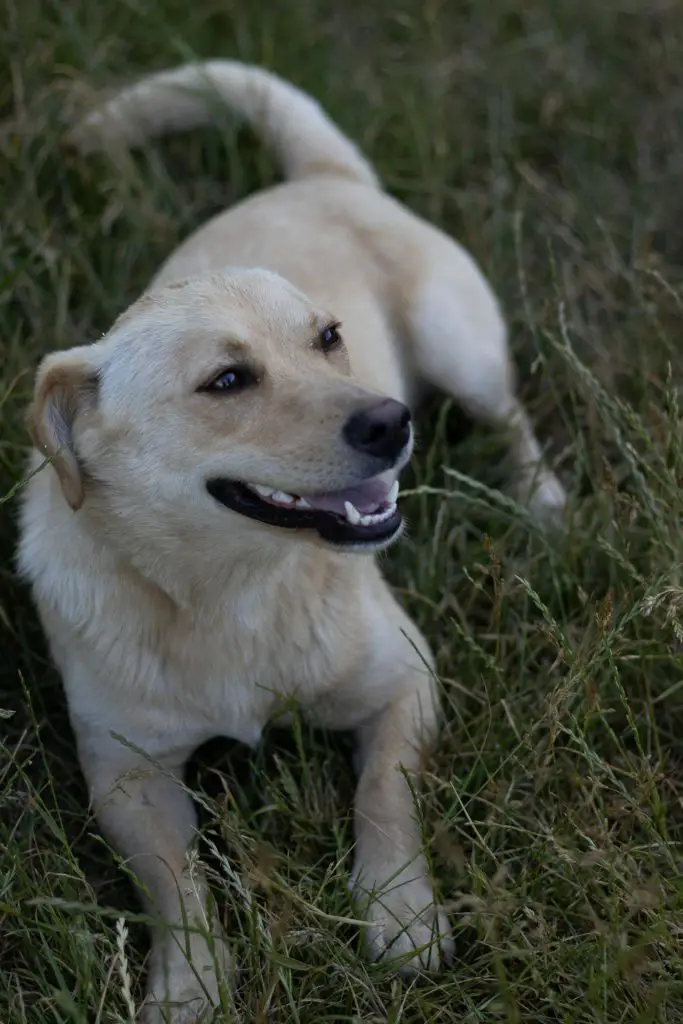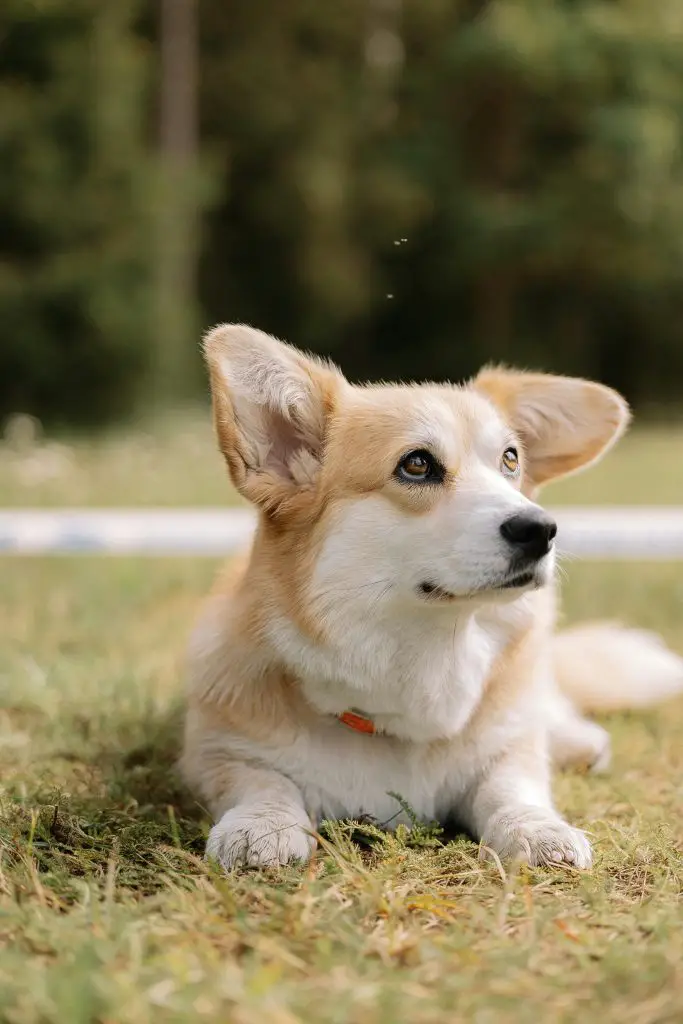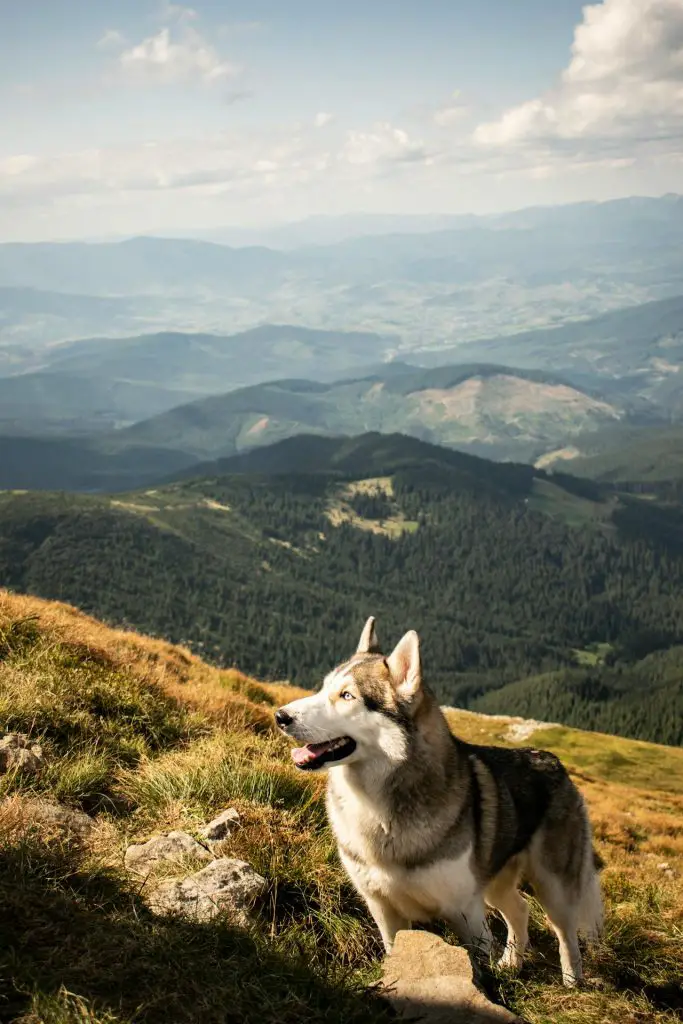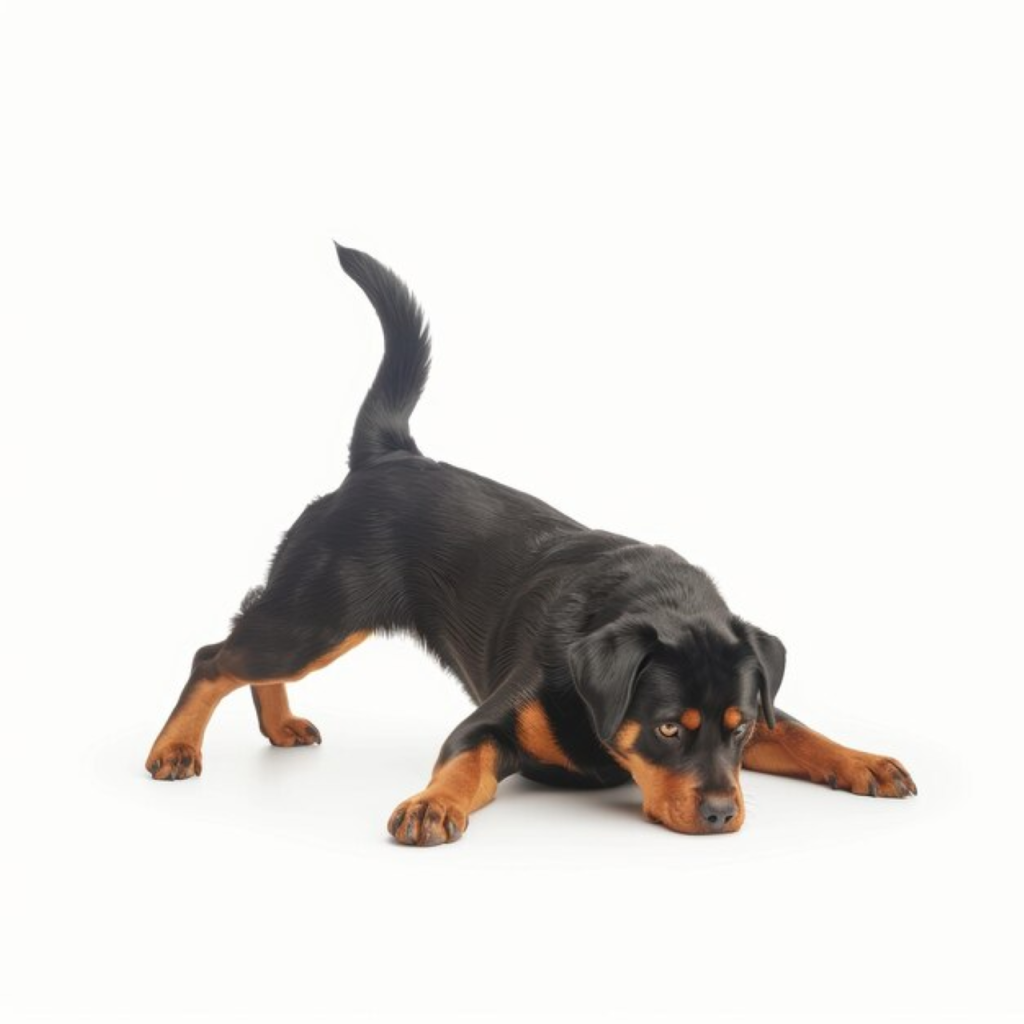
To train your dog to crawl, start in a quiet environment with treats ready. Begin with your dog in a “down” position, then hold a treat close to their nose and slowly move it forward. As they stretch to reach it, say “crawl” and reward any forward movement. Gradually increase the distance they must crawl to get the treat. Keep sessions short and positive, using consistent commands and hand signals. Practice regularly, slowly removing the visual lure of the treat to encourage response to verbal cues. Patience and positive reinforcement are key to mastering this skill. With the right approach, you’ll soon have your dog army-crawling like a pro.
Table of Contents
Key Takeaways
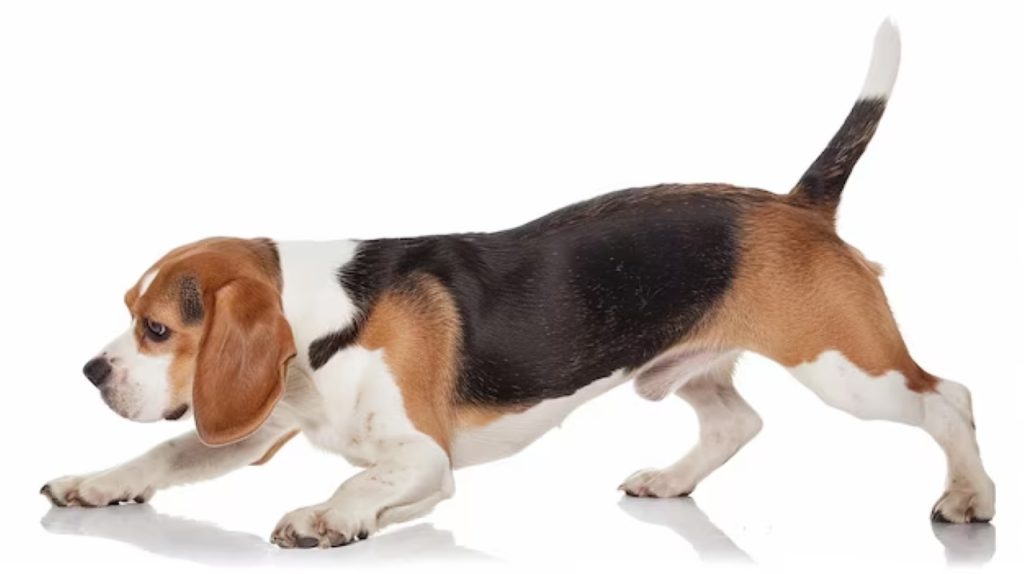
- Start with the dog in a ‘down’ position and use a treat to lure them forward.
- Use clear verbal cues like ‘crawl’ while moving the treat to encourage forward movement.
- Reward immediately for any forward movement to reinforce the desired behavior.
- Gradually increase the distance the dog must crawl before receiving the treat.
Understanding the Crawl Command
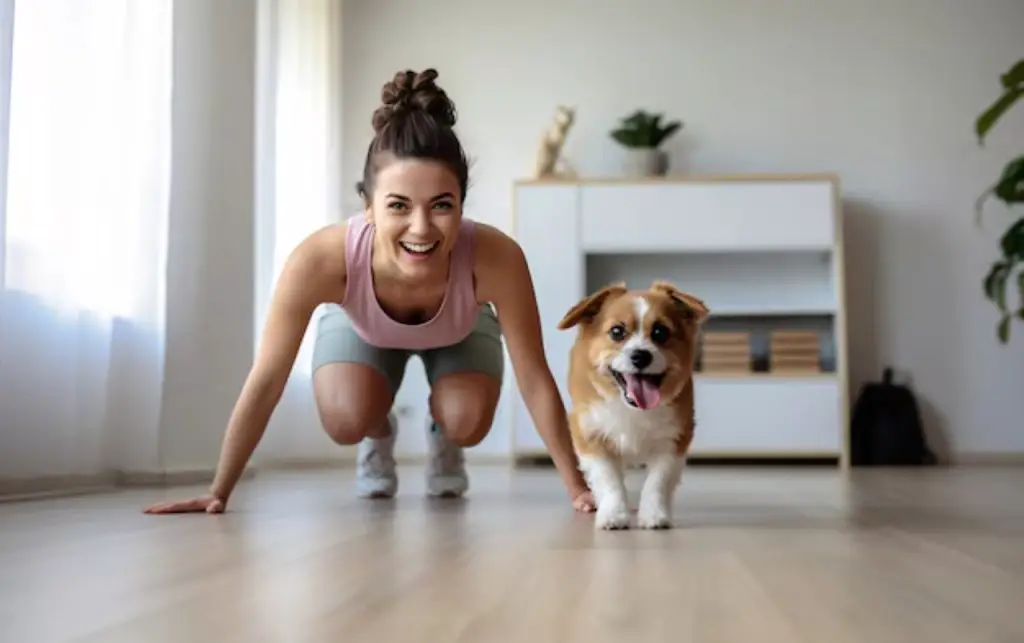
The crawl command teaches your dog to move forward on its belly, mimicking a military-style crawl. This command isn’t just a fun trick; it has practical applications and can be a valuable addition to your dog’s repertoire of skills.
Understanding the crawl command’s significance is essential for both you and your canine companion.
When you ask your dog to crawl, you’re requesting a specific body position and movement. Your dog must keep its belly close to the ground while using its front legs to pull itself forward.
This action requires control, coordination, and focus from your pet. It’s important to recognize that crawling isn’t a natural behavior for dogs, so patience is key during training.
This post contains affiliate links. However all the information provided on this site are my own honest opinions. See more in Disclaimer.
The crawl command also provides an excellent opportunity to observe and interpret dog body language. As you teach this skill, you’ll notice subtle cues in your dog’s posture, tail position, and facial expressions.
These indicators can help you gauge your dog’s comfort level and understanding of the command.
By paying attention to these signals, you’ll be better equipped to adjust your training approach and guarantee a positive learning experience for your furry friend.
Preparing for Training
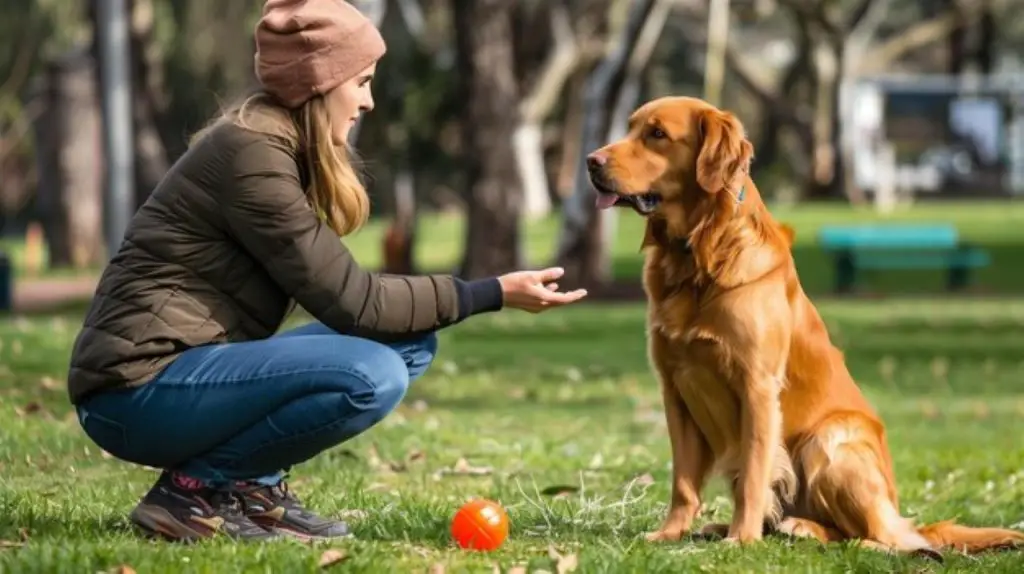
Before you begin teaching your dog to crawl, it’s important to set up a proper training environment and gather necessary supplies.
Choose a quiet, distraction-free area where your dog can focus on learning. Confirm the floor is comfortable and safe for your pet to move across.
You’ll need treats for positive reinforcement, so select small, easily consumable rewards your dog loves.
Prepare yourself mentally for the training process. Patience and consistency are key to successful dog training. Set realistic expectations and be ready to adapt your approach based on your dog’s progress.
Remember, every dog learns at their own pace.
To create an effective training environment, consider these three essential elements:
- Space: Provide enough room for your dog to move freely and practice the crawl command without obstacles.
- Timing: Choose a time when your dog is alert and receptive to learning, typically after a short walk or play session.
- Tools: Have a clicker or marker word ready for precise positive reinforcement, along with treats and any props you might use to guide your dog’s movement.
Basic Positioning Techniques
Mastering basic positioning techniques lays the foundation for successfully teaching your dog to crawl.
Start by getting your dog into a comfortable ‘down’ position on a soft surface. Confirm their belly is flat on the ground and their legs are relaxed. This initial body positioning is essential for the crawling motion you’ll be encouraging.
Next, introduce hand signals to guide your dog. Hold a treat close to their nose, then slowly move it forward along the ground. As your dog reaches for the treat, they’ll naturally extend their front legs.
Reward this movement immediately. Gradually increase the distance you move the treat, encouraging your dog to stretch further.
Use clear, consistent commands like ‘crawl’ or ‘army crawl’ while performing this exercise. Pair these verbal cues with your hand signals to reinforce the desired behavior.
Be patient and practice in short sessions to avoid overwhelming your dog.
As your dog becomes more comfortable with the motion, start reducing the visual lure of the treat. Instead, use your empty hand to guide them, providing the treat only after they’ve completed the crawl.
This shift helps your dog respond to the hand signal alone, without relying on the treat’s presence.
Encouraging Forward Movement
Once your dog grasps the basic crawling position, you’ll need to focus on encouraging consistent forward movement. Mastering crawling techniques requires patience and persistence.
Start by holding a treat close to your dog’s nose while they’re in the down position. Slowly move the treat forward, just out of reach. This will entice your dog to inch forward to get the reward.
To enhance your motivation strategies, try these three approaches:
- Use a verbal cue like ‘crawl’ or ‘army crawl’ while moving the treat forward.
- Gradually increase the distance your dog needs to crawl to reach the treat.
- Incorporate praise and excitement when your dog successfully moves forward.
Remember to keep training sessions short and positive. If your dog stands up or becomes frustrated, take a break and try again later. Consistency is key in reinforcing the desired behavior.
As your dog improves, you can introduce distractions or practice in different environments to solidify the skill. With time and practice, your dog will develop a reliable crawl command, adding a fun and impressive trick to their repertoire.
Reinforcing the Behavior
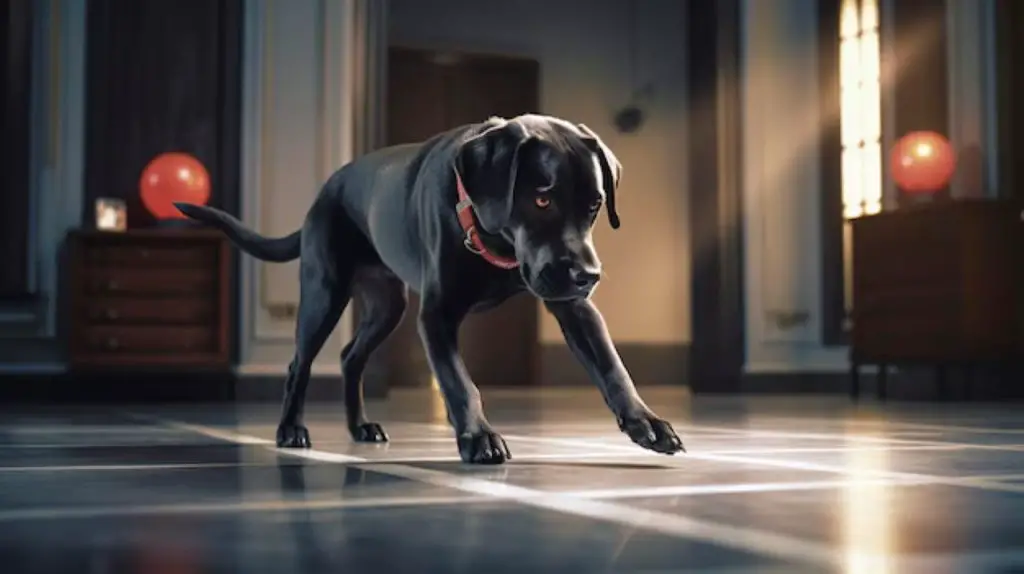
After your dog has grasped the basics of crawling, it’s time to focus on reinforcing this behavior to make it a reliable and long-lasting command.
Positive reinforcement is key to solidifying your dog’s understanding of the crawl command. Consistently reward your dog with treats, praise, or toys whenever they successfully crawl on command.
It’s essential to get your reward timing right – offer the reward immediately after your dog completes the desired action to create a clear association between the behavior and the reward.
Practice the crawl command in various environments to help your dog generalize the behavior. Start in quiet, familiar spaces and gradually move to more distracting settings.
Increase the duration of the crawl by gradually extending the distance your dog needs to cover before receiving the reward.
Use a release word to signal when your dog can stop crawling and stand up. Incorporate the crawl command into your regular training sessions, but keep these sessions short and fun to maintain your dog’s enthusiasm.
Remember to be patient and consistent in your training approach, as reinforcing this behavior may take time and repetition.
Trending in Dogs:
Troubleshooting Common Challenges
When training your dog to crawl, you may encounter some common challenges.
If your dog is reluctant or stubborn, try using higher-value treats or breaking the behavior into smaller steps.
To maintain consistent progress, keep training sessions short and frequent, and always end on a positive note.
Reluctant or Stubborn Dogs

Is your dog refusing to budge or showing little interest in learning the crawl command? Don’t worry; it’s a common challenge that many pet owners face during training.
When dealing with reluctant or stubborn dogs, it’s crucial to employ effective motivation techniques and patience strategies.
First, reassess your training approach. Some dogs may find crawling uncomfortable or unnatural, so you’ll need to make it more appealing. Try using high-value treats or their favorite toy as a reward.
You can also break the command into smaller steps, rewarding any progress towards the desired behavior.
To overcome stubbornness and increase your dog’s willingness to learn, consider these strategies:
- Vary your training environment to keep things interesting.
- Use positive reinforcement consistently to build confidence.
- Keep training sessions short and fun to prevent frustration.
Maintaining Consistent Progress
Three common challenges can hinder consistent progress when training your dog to crawl: regression, plateaus, and distractions.
To address regression, where your dog seems to forget previously learned behaviors, revisit earlier training steps and reinforce foundational skills. Be patient and use positive reinforcement to rebuild confidence.
When facing plateaus, where progress seems to stall, try introducing new variations to the crawl command. Change training locations, increase difficulty gradually, or incorporate obstacles to keep your dog engaged and learning.
Remember, progress isn’t always linear, so maintain a consistent training schedule and celebrate small victories.
Distractions can derail even the most focused dogs. Start training in a quiet environment and gradually introduce mild distractions as your dog improves. Use high-value treats to maintain attention and reward focus during challenging situations.
Implement a progress tracking system to monitor your dog’s development objectively. Keep a log of training sessions, noting successes and areas for improvement. This will help you identify patterns and adjust your approach as needed.
Consistently apply positive reinforcement techniques, praising and rewarding desired behaviors to motivate your dog and strengthen the crawl command over time.
Advancing the Skill
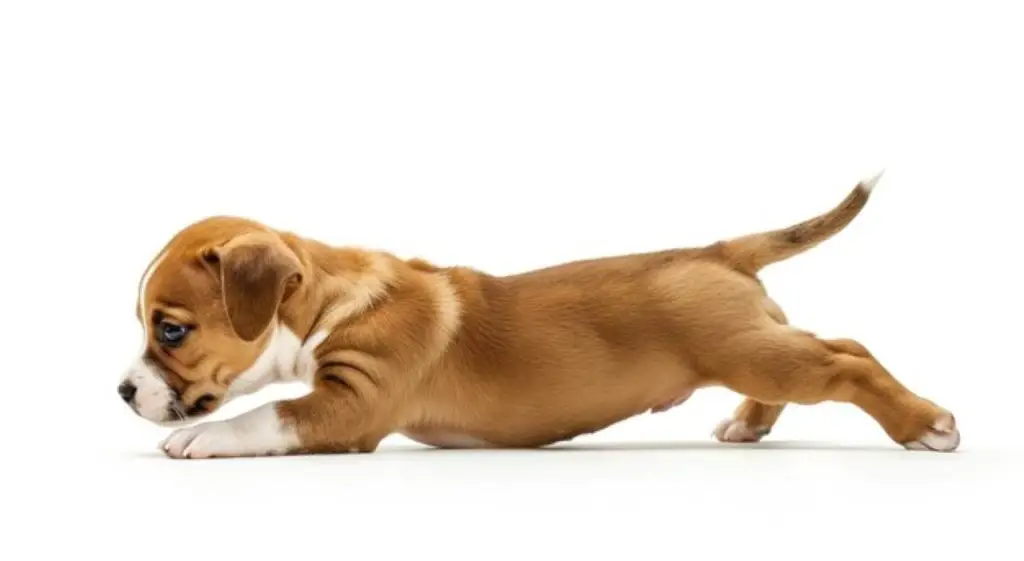
Once your dog has mastered the basic crawl, you’ll want to gradually increase the distance and duration of the command.
This progression helps reinforce the behavior and builds your dog’s endurance. Start by asking your dog to crawl for longer distances, using treats as motivation along the way.
You can also introduce advanced techniques, such as crawling around obstacles or following a specific path.
To further challenge your dog and advance their crawling skills, consider incorporating these training tools and methods:
- Agility equipment: Set up low hurdles or tunnels for your dog to crawl under, simulating real-world scenarios.
- Target sticks: Use a target stick to guide your dog’s movement, encouraging them to crawl in specific directions or patterns.
- Verbal cues: Introduce new verbal commands to differentiate between crawling speeds or styles, such as ‘slow crawl’ or ‘army crawl.’
Remember to always reward your dog’s efforts and maintain a positive training environment. As you advance the skill, be patient and attentive to your dog’s physical limitations.
Some breeds may find crawling more challenging than others, so tailor your expectations and training pace accordingly.
With consistent practice and reinforcement, your dog will become proficient in this impressive and useful command.
Frequent Questions and Answers
Yes, older dogs can learn to crawl. While puppies may pick it up faster, you can teach older dogs using appropriate training techniques. Be patient and consistent. Adapt your approach to your dog’s age and physical abilities.
Crawl training duration varies widely. You’ll find some dogs master it in days, while others take weeks. Factors affecting mastery include age, breed, and motivation. Consistency in your training approach is key to quicker results.
While breed characteristics can influence learning speed, your dog’s ability to crawl isn’t breed-specific. Your training techniques matter more. Some breeds may be more agile or enthusiastic to please, but any dog can learn with patience and consistency.
You’d think crawling is just a party trick, but it’s surprisingly useful. In real-life applications, it can help your dog navigate tight spaces. For emergency preparedness, it’s invaluable when your pet needs to stay low in dangerous situations.
You should teach your dog basic commands like sit, stay, and come before introducing the crawl. This training sequence allows for better command reinforcement. Once your dog masters fundamental obedience, you can move on to more advanced tricks like crawling.




